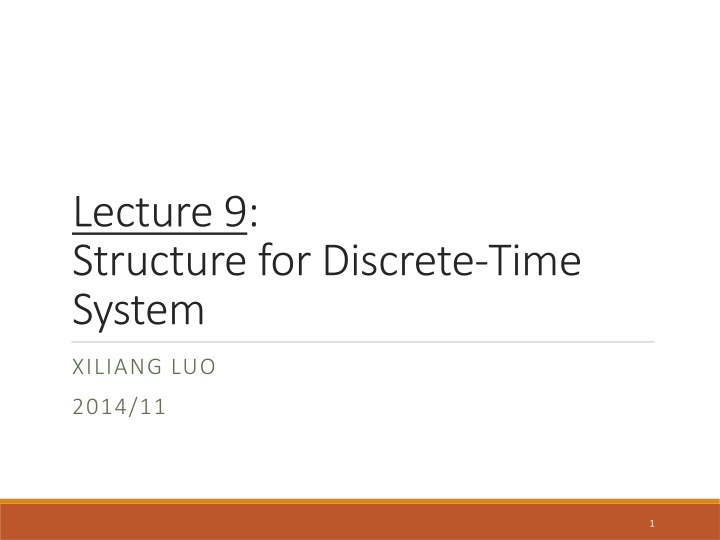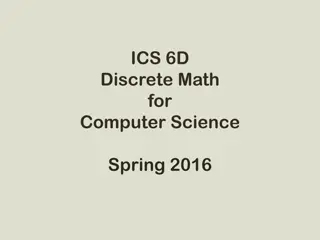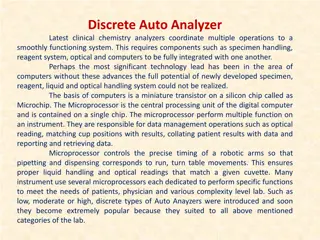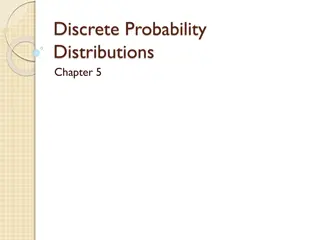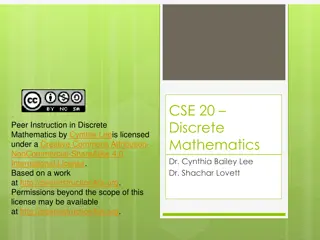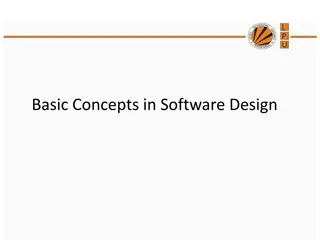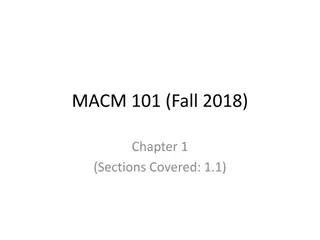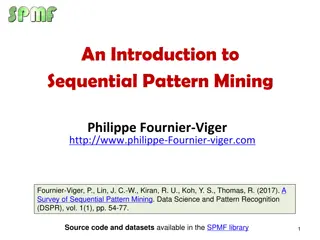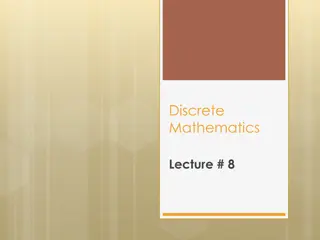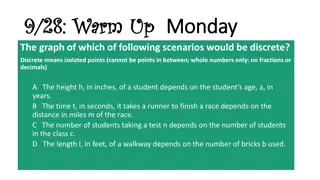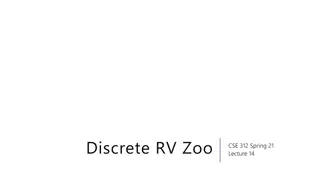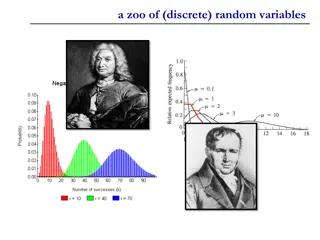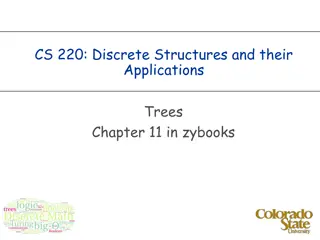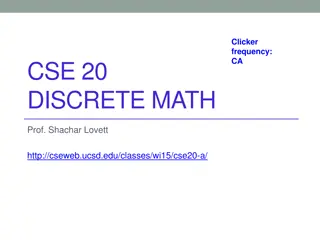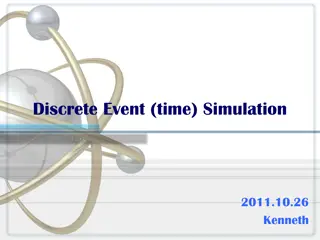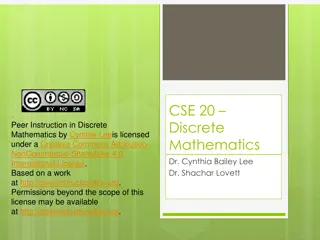Structures for Discrete-Time Systems: Overview of System Design
This content provides a detailed examination of structures for discrete-time systems, covering topics such as block diagrams, examples, direct forms, signal flow graphs, and various forms for IIR systems. Explore different system architectures, including direct form, cascade form, and parallel form, with an emphasis on understanding the design and arrangement of components. Gain insights into feedback loops, arrangement of poles and zeros, and signal flow representation in system modeling.
Download Presentation

Please find below an Image/Link to download the presentation.
The content on the website is provided AS IS for your information and personal use only. It may not be sold, licensed, or shared on other websites without obtaining consent from the author.If you encounter any issues during the download, it is possible that the publisher has removed the file from their server.
You are allowed to download the files provided on this website for personal or commercial use, subject to the condition that they are used lawfully. All files are the property of their respective owners.
The content on the website is provided AS IS for your information and personal use only. It may not be sold, licensed, or shared on other websites without obtaining consent from the author.
E N D
Presentation Transcript
Lecture 9: Structure for Discrete-Time System XILIANG LUO 2014/11 1
Block Diagram Adder, Multiplier, Memory, Coefficient 2
Example 3
General Case Direct Form 1 4
Rearrangement Zeros 1st Poles 1st 6
Canonic Form Minimum number of delay elements: max{M, N} Direct Form 2 7
Signal Flow Graph A directed graph with each node being a variable or a node value. The value at each node in a graph is the sum of the outputs of all the branches entering the node. Source node: no entering branches Sink node: no outputs 8
Structures for IIR: Direct Form 10
Structures for IIR: Direct Form 11
Structures for IIR: Cascade Form Real coefs: Combine pairs of real factors/ complex conjugate pairs 12
Structures for IIR Cascade Form 2nd order subsystem 13
Structures for IIR Parallel Form Partial fraction expansion: Group real poles in pairs: 14
Structures for IIR Parallel Form 15
Feedback Loops Loop: closed path starting at a node and returning to same node by traversing branches in the direction allowed, which is defined by the arrowheads If a network has no loops, then the system function has only zeros and the impulse response has finite duration! Loops are necessary to generate infinitely long impulse responses! input unit impulse, the output is: ???[?] 16
Transposed Form Transposition: 1. reverse direction of all branches 2. keep branch gains same 3. reverse input/output For SISO, transposition gives the same system function! 17
Transposed Form Transposed direct form II: poles first zeros first 18
Structures for FIR Direct Form Tapped delay line 19
Structures for FIR Cascade Form 20
Structures for FIR with Linear Phase Impulse response satisfies the following symmetry condition: or So, the number of coefficient multipliers can be essentially halved! Type-1: 21
Lattice Filters ai ( i ) ( 1 ) a [ n ] [ n ] ik 2-port flow graph ik 1 z ( i ) b [ n ] bi ( 1 ) [ n ] 22
Lattice Filters: FIR Input to i-th nodes: Recursive computation of transfer functions! 24
Lattice Filters: FIR To obtain a direct recursive relationship for the coefficients, or the impulse response, we use the following definition: 25
Lattice Filters: FIR From k-parameters to FIR impulse response: 26
Lattice Filters: FIR From FIR impulse response to k-parameters: 27
Lattice Filters: FIR From FIR impulse response to k-parameters: ? ? = 1 0.9? 1+ 0.64? 2 0.576? 3 (3)= 0.9 (3)+ ?3?2 1 ?3 3 ?1 (2)=?1 ?1 = 0.795 (1)= 0.673 2 ?1 (3)= 0.64 ?2 (2)= 0.182 ?2 (1)= 0.673 ?1= ?1 (3)= 0.576 ?3 (2)= 0.182 ?2= ?2 ?3= 0.576 28
Lattice Filters: FIR Direct Form Lattice Form 29
Lattice Filters: IIR Invert the computations in the following figure: 1 ? ? = ?(?) 30
Lattice Filters: IIR Derive ?? 1? ??? from FIR: IIR: 31
Lattice Filters: IIR Derive ?? 1? ??? from ( i ) a [ n ] ai ( 1 ) [ n ] i k ik 1 z ( i ) b [ n ] i ( 1 ) b [ n ] 32
Lattice Filters: IIR 1 ? ? = ?(?) 33
